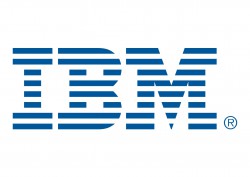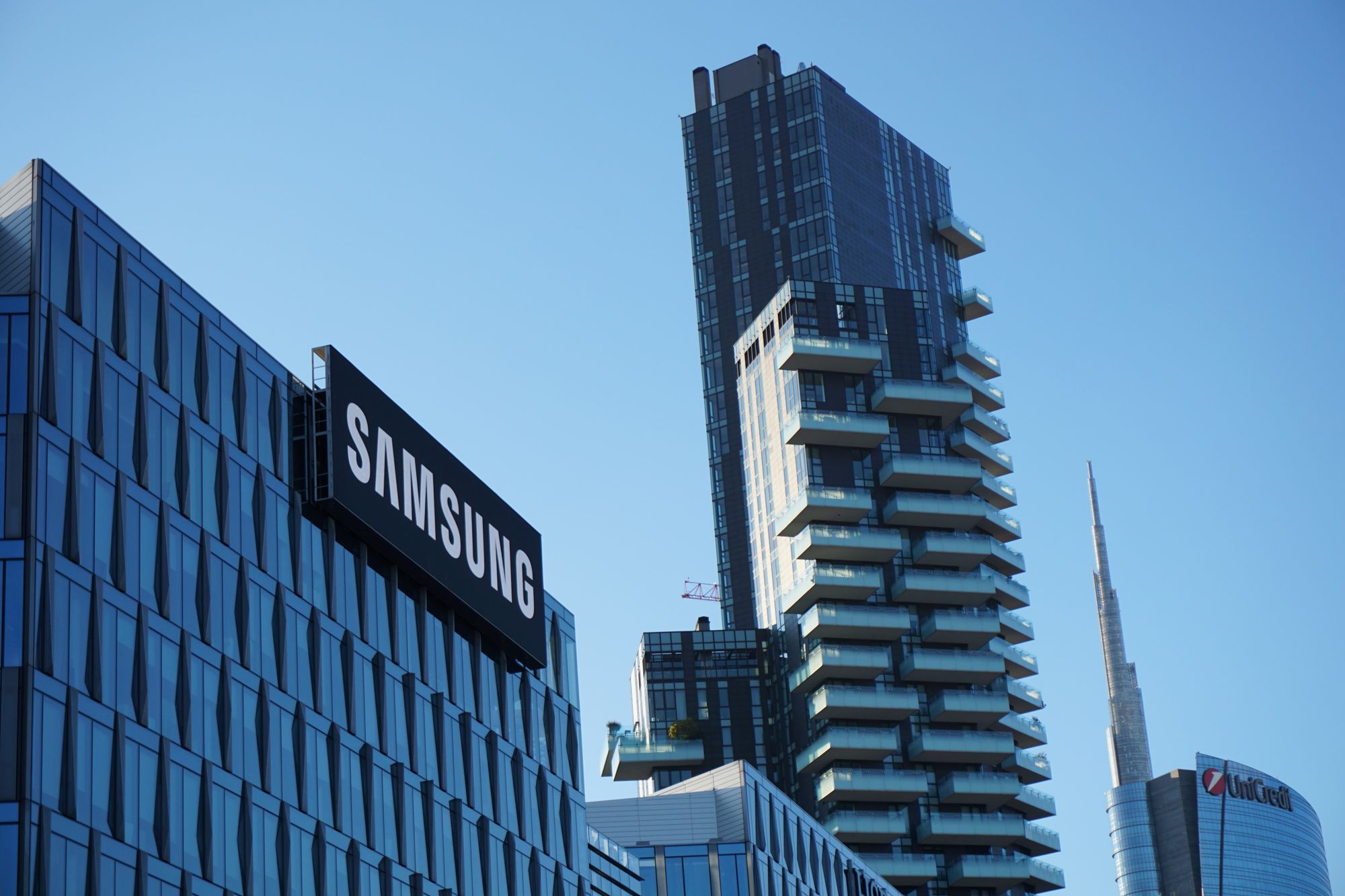The United States Has The Fastest Supercomputer... For Now

 As the title for the fastest supercomputer has been floating around from country to country in the past couple of years; the United States gets back its throne. The National Nuclear Security Administration supercomputer, built by IBM, was just crowned the fastest supercomputer (according to the Top 500 Supercomputer list); taking it from Japan’s Fujitsu-designed K computer.
As the title for the fastest supercomputer has been floating around from country to country in the past couple of years; the United States gets back its throne. The National Nuclear Security Administration supercomputer, built by IBM, was just crowned the fastest supercomputer (according to the Top 500 Supercomputer list); taking it from Japan’s Fujitsu-designed K computer.
Nicknamed Sequoia, the super computer is based on IBM’s Blue Gene/Q architecture computers and reach 16.32 sustained petaflops per second. Compared to Japan’s Fujitsu-designed K computer, that does 10.51 petaflops per second, BM’s Blue Gene/Q architecture computers does 50 percent more than Japan’s fastest supercomputer. Other information about the IBM’s supercomputer include 98,304 compute nodes, 1.6 million cores with 1.6 petabytes of RAM (1 GB per core), and sits across 96 racks. IBM has said in a statement
“three billion people using a pocket calculator would have to perform one million operations per second to reach equivalent SuperMUC performance.”
Also in the top 5 of the top 500 super computer is Germany’s SuperMUC supercomputer, built by IBM, which sits on the number 4 spot on the list and titles “Europe’s fastest supercomputer”. With a peak output of 3 petaflops, and 150,000 cores. One thing that stands out from other supercomputers is that the system is hot-water cooled and tops around 45 degrees Celcius.
As you know, the supercomputer race is a never-ending race. There will likely be another supercomputer in the works that will beat the current champion of the race; but right now, lets just congrats IBM and The National Nuclear Security Administration for having the fastest supercomptuer in the world.




